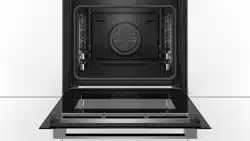Documents for Bosch HRG6753B1A
The following documents are available:
User Manual
User Manual
- User Manual - (English) Read Online | Download pdf
- Information regarding Free and Open Source Software - (English) Download
- Product Spec Sheet - (English) Download
- Installation instructions - (English) Download
- Installation instructions - (English) Download
- Installation instructions - (English) Download
- Installation instructions - (English) Download
- Installation instructions - (English) Download
- Installation instructions - (English) Download
- Installation Instructions - (English) Download
- Photos: View Photos

